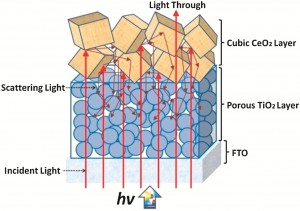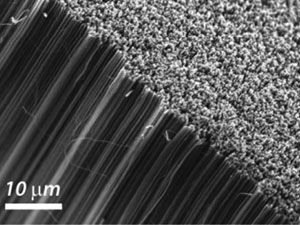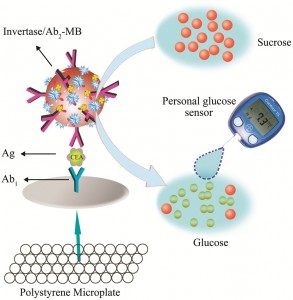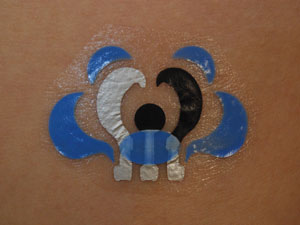
The trap captures and retains light hydrocarbons for longer than current traps
A trap that adsorbs exhaust emission gases given off during the first two minutes after firing up an internal combustion engine has been developed by scientists in Spain. It’s during this cold start period that 50–80% of the total hydrocarbon emissions are produced, they say, so the trap could minimise levels of harmful exhaust gases pumped into the atmosphere.
Current traps are made from porous zeolites. They work well for the heavy hydrocarbons in fuel, which are retained until the engine’s temperature reaches 200–300oC (the light-off temperature), at which point, they are released and oxidised to carbon dioxide and water in a catalytic converter before being expelled into the atmosphere. But lighter hydrocarbons, such as ethane and propene, desorb from the trap before this temperature is reached and escape, unoxidised.
Read the full article in Chemistry World
Link to journal article
Molecular simulation design of a multisite solid for the abatement of cold start emissions
B. Puértolas, M. Navlani-García, J. M. López, T. García, R. Murillo, A. M. Mastral, M. V. Navarro, D. Lozano-Castelló, A. Bueno-López and D. Cazorla-Amorós
Chem. Commun., 2012, Advance Article, DOI: 10.1039/C2CC30688C, Communication















